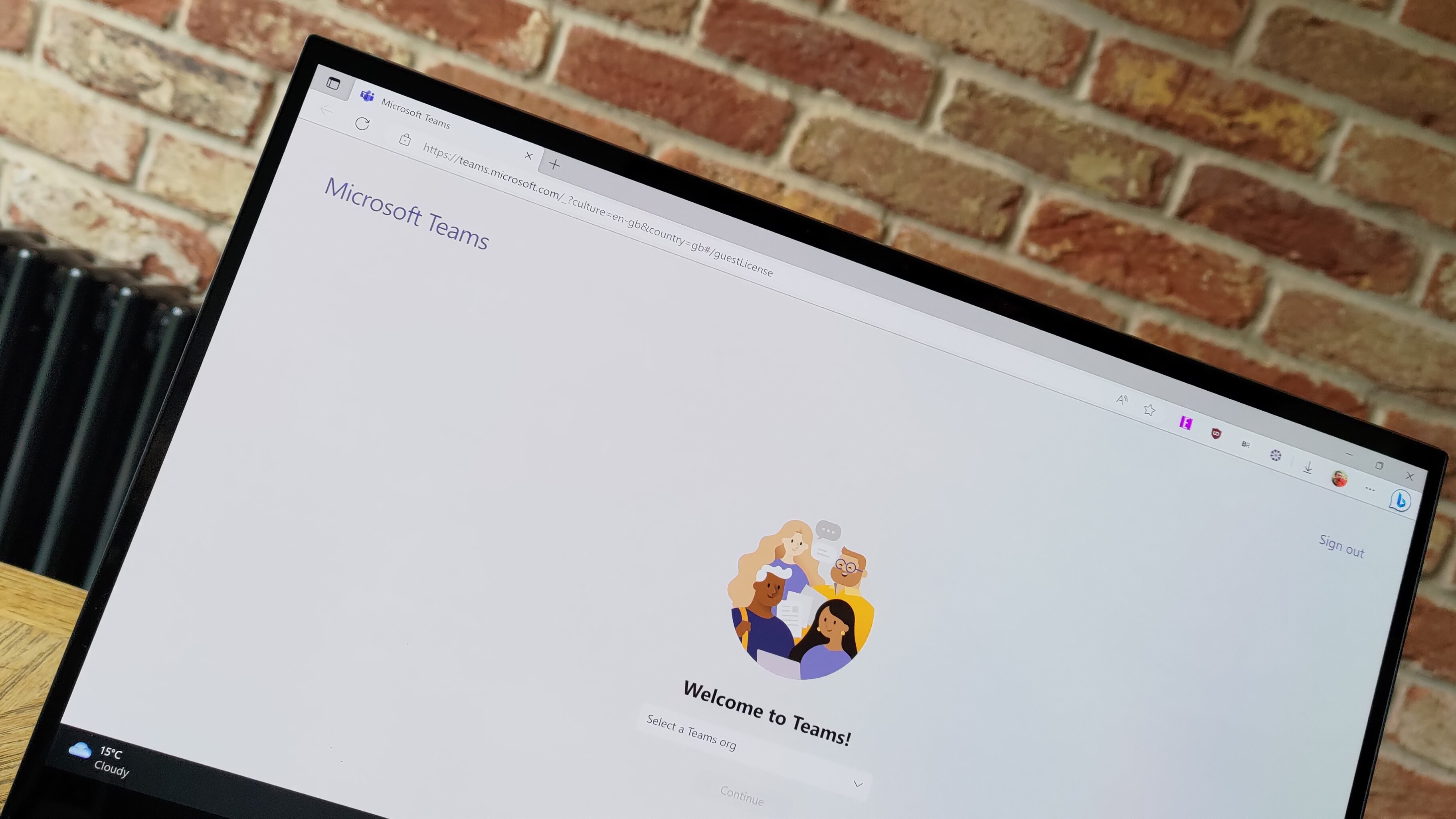Spatial Audio brings an immersive meeting experience to Microsoft Teams, but it won't work on Bluetooth devices
You won't miss a thing in the Teams meeting with this neat feature.

What you need to know
- Microsoft Teams is gaining a new feature called Spatial Audio.
- It is designed to enhance the listening experience during meetings.
- The feature doesn't support Bluetooth devices due to protocol limitations.
- You'll need stereo-capable devices to leverage its capabilities.
Effective communication is an important component of any virtual meeting, as it ensures everyone is on the same page regarding all the matters discussed. Microsoft has been keen on delivering this experience on its video conferencing platform, Teams, with features like Together mode, Live Transcriptions, and more.
And keeping up with this momentum, the company debuted a new feature, Spatial Audio. It's designed to allow Teams users to follow conversations during meetings easily.
"Teams Spatial Audio aligns the perceived audio location of each participant with their video representation to make it easier for users to track who is speaking, to understand better when multiple speakers are speaking at the same time, and to lower meeting fatigue and cognitive load," stated Microsoft's Hong Sodoma in the blog post.
Microsoft shipped Spatial Audio to broad availability for Windows and MacOS clients. However, Teams users will need stereo-capable devices such as wired headsets or stereo-capable laptops to leverage the feature's capabilities.
Notably, the feature doesn't ship with support for Bluetooth devices because of protocol limitations. It's worth noting that next-generation LE Audio with stereo-enabled Bluetooth devices will be supported.
Here are the feature's limitations as highlighted by Microsoft:
Feature limitations: Spatial Audio
Device support
- Currently we support wired headsets for spatial audio. They can be wired USB headsets or headsets connected to the computer audio jack. Some wireless headsets connected to the computer via USB dongle known to support stereo playback during a call are also supported.
- We also support stereo open speakers (built-in or external speakers)
- Native Bluetooth devices do not support stereo during a call, therefore spatial audio is available. New Bluetooth standard LE Audio capable devices may support stereo in calls. For these devices, spatial audio will be supported.
Infrastructure related
- When a conference call has more than 100 users, some users who were typically in listening mode will be moved to satellite server. Currently, spatial audio is not supported for users on satellite server. When such users speak, they are typically moved back to central media server, spatial audio may become available. In future releases, all users will be supported for spatial audio.
Music mode
- Users can turn on music mode while receiving spatial audio. In this case, they will send audio in music mode (32kHz sampling and 128kbps), however, they will not be able to receive music mode when spatial audio is enabled. In order to receive music mode, the user needs to turn off spatial audio. Future releases will support receiving music mode in spatial audio.
Impact to Live Interpretation users
- In Live Interpretation mode, when spatial audio is turned on, main floor audio and interpreter audio will be heard at the same volume from different directions depending on the video location of the main floor speaker and the interpreter. To go back to traditional main floor audio ducking, simply disable spatial audio. Future releases will enable spatial audio for live interpretation where volume control for main floor and interpreter audio will be available.
Get the Windows Central Newsletter
All the latest news, reviews, and guides for Windows and Xbox diehards.

Kevin Okemwa is a seasoned tech journalist based in Nairobi, Kenya with lots of experience covering the latest trends and developments in the industry at Windows Central. With a passion for innovation and a keen eye for detail, he has written for leading publications such as OnMSFT, MakeUseOf, and Windows Report, providing insightful analysis and breaking news on everything revolving around the Microsoft ecosystem. While AFK and not busy following the ever-emerging trends in tech, you can find him exploring the world or listening to music.
